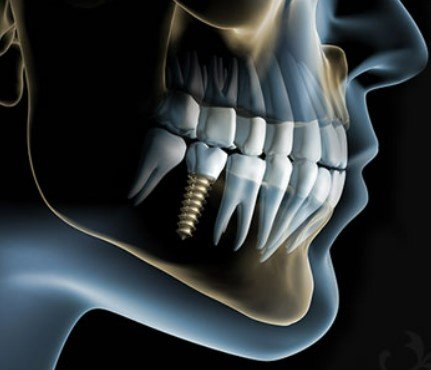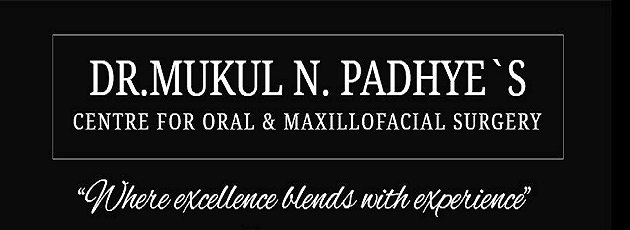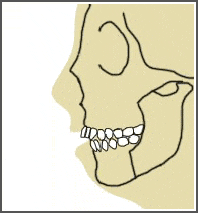








Orthognathic Surgery is to reposition either the upper, lower, or both jaws, in individuals who have a large discrepancy between the size of the jaws in relation to each other, or in whom the jaws are abnormally positioned in relation to the base of the skull.
Jaw surgery can readjust or realign the jaw. It’s also referred to as orthognathic surgery. It’s performed by oral or maxillofacial surgeons working along with an orthodontist most of the time.
How are people who have these abnormal jaw relationships affected?
Discrepancies between jaw size/position are relatively common. However, individuals with severe jaw discrepancies often have significant facial deformities and can be affected in many ways:
1. Dental and facial appearance is severely compromised and this leads to high levels of psychological distress, affecting interpersonal relationships and quality of life.
2. Jaw function is compromised and this can result in:
- Difficulty eating certain foods in public because it cannot be done in a socially acceptable way
- Damage to the gums and palate due to a traumatic bite which may compromise the prognosis of the teeth
- Jaw muscle and jaw joint problems
- Speech difficulties
What causes a jaw discrepancy?
A discrepancy often develops without a specific cause although there may be a family history. Occasionally jaw discrepancies arise as a result of a growth disturbance, for example: following a jaw fracture in childhood or repair of a cleft lip or palate. It can be associated with a syndrome, such as hemifacial microsomia.
A jaw discrepancy may be detected in early childhood but usually becomes more marked during puberty. The unusual jaw growth usually ceases in late adolescence and treatment is directed towards correction of the deformity once growth is complete.
What are the objective, evidence-based benefits of the treatment of jaw discrepancies and facial deformities?
Improvement in oral function (ability to bite and chew)
• Improvement in facial and dental appearance
• Long-term improvement in oral health-related quality of life and psychological function
What does the treatment for a jaw discrepancy involve?
Individuals with severe jaw discrepancies usually present to a maxillofacial surgeon or orthodontist following referral by their general dental, or medical practitioner. At this stage after diagnosis is made and the patient is referred for joint treatment planning with Dr.Padhye and an orthodontist.
If, however, the patient is still growing they will be reviewed annually until growth is almost complete Once facial growth is almost complete (at approximate age 16-18 years) a combined treatment plan will be formulated between Dr.Padhye and the orthodontist.
Investigations required at this stage will include plain radiographs, plaster models of the teeth, and facial and dental photographs. Simulation of the proposed tooth and jaw movements is carried out using cephalometric (measurement of skull radiographs) in conjunction with treatment planning computer software.
Treatment involves three main stages:
Stage 1 Pre-surgical orthodontic treatment:
Orthodontic braces fixed to the teeth are necessary to straighten the teeth in each jaw so that the two jaws can ‘fit’ together properly once the jaw discrepancy has been surgically corrected.
This part of the treatment is undertaken by an orthodontist, during which time the patient is seen at regular intervals to adjust the brace.
Stage 2 Surgery:
When the orthodontist feels the tooth alignment is satisfactory a final surgical plan will be agreed upon between the orthodontist and Dr.Padhye. An acrylic splint/s is fabricated which the surgeon may use at the time of operation to achieve the correct jaw repositioning.
The operation is carried out under general anesthesia and involves a controlled surgical osteotomy of the upper or lower jaw or both. The incisions to uncover the bony surfaces of the jaws are normally made inside the mouth thereby avoiding external scars on the face.
The mobile jaw fragment/s are then moved into the pre-planned position (using the acrylic splints as a guide), and fixed in the new position using bone plates and/or screws.
The operation will take between 2-5 hours depending on the complexity of the procedure. Patients usually stay in the hospital between 1 – 3 days postoperatively. Recovery time is variable but most individuals return to work or study 3 – 4 weeks after the operation.
Stage 3 Post-surgical orthodontic treatment:
Post-surgical orthodontics usually takes about 6 months and is needed to achieve the best possible ‘fit’ of the teeth together. The braces are removed by the orthodontist and the patient is followed up in outpatients for up to 5 years postoperatively.
Why us?
We have a dedicated team of orthognathic surgeons including senior doctors like Dr.Ashok Dabir and Dr.Jayesh Vahanwala at our Dadar and Thane clinic. Our team has visited several centres abroad to receive advanced training in orthognathic surgery. We use the state of art instruments and the latest technology available.